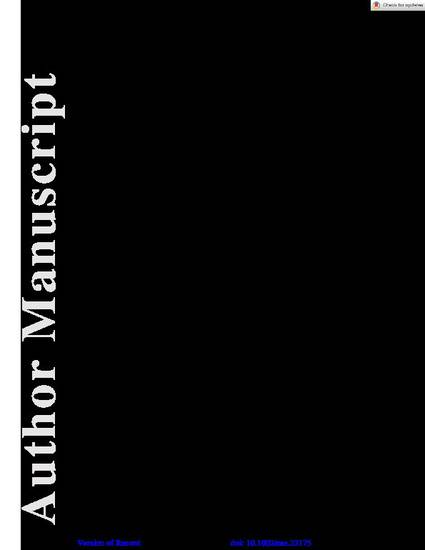
- adaptive learning,
- blended classroom,
- flipped classroom,
- numerical methods,
- personalized learning
As use of adaptive learning technology in STEM courses gains traction, studies evaluating its impacts are important to undertake. Adaptive e‐learning platforms provide personalized, flexible learning via monitoring of student progress and performance and subsequent provision of an individualized learning path containing various resources. In this study, adaptive technology was utilized in blended and flipped versions of a numerical methods course. A particular challenge with flipped instruction is preclass preparation, in which videos with the same instruction for all students are often assigned. Therefore, to diversify preclass learning, the instructor developed adaptive lessons via an NSF grant and rigorously assessed outcomes in this flipped class with adaptive learning. In addition, to fully evaluate the lessons and respond to calls from the literature, the lessons were implemented and evaluated in a blended version of the course, which was lecture‐based with available online resources. Data from previous semesters of flipped and blended instruction (without adaptive learning were available), enabling a comparison of four instructional methods. The comparisons consisted of direct assessment (i.e., exam questions) and affective assessment via a survey (i.e., perceptions of the classroom environment). An analysis was performed for students collectively and for underrepresented minority students in engineering. Focus groups enabled a comparison of student perspectives of using adaptive technology in blended versus flipped classrooms as well as by demographic. Upon combining these outcomes, including a notable Cohen's d = 0.34 for open‐ended‐response performance, the flipped classroom with adaptive learning may be the best method for this STEM course.
Computer Applications in Engineering Education, v. 28, issue 1, p. 62-79
This is the peer reviewed version of the following article: Clark, RM, Kaw, A. Adaptive learning in a numerical methods course for engineers: Evaluation in blended and flipped classrooms. Comput Appl Eng Educ. 2020; 28: 62– 79; which has been published in final form at 10.1002/cae.22175. This article may be used for non-commercial purposes in accordance with Wiley Terms and Conditions for Use of Self-Archived Versions.
Available at: http://works.bepress.com/autar-kaw/40/
